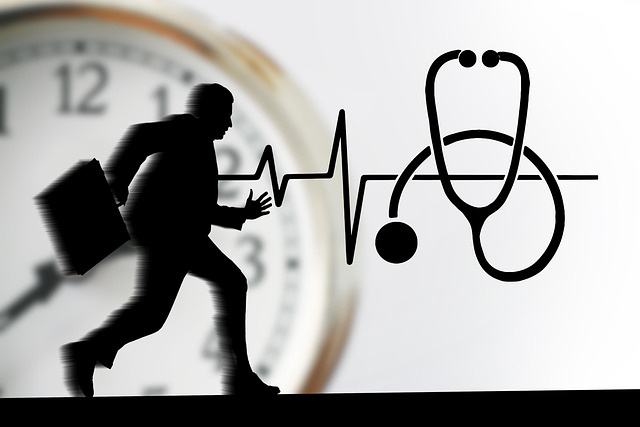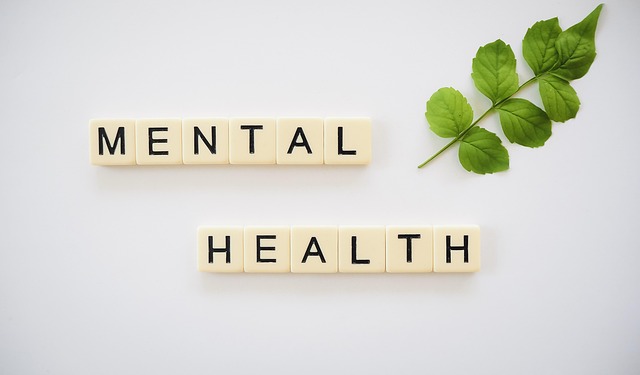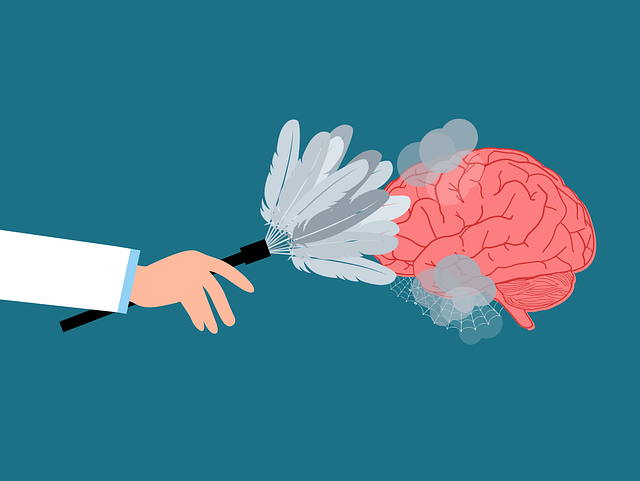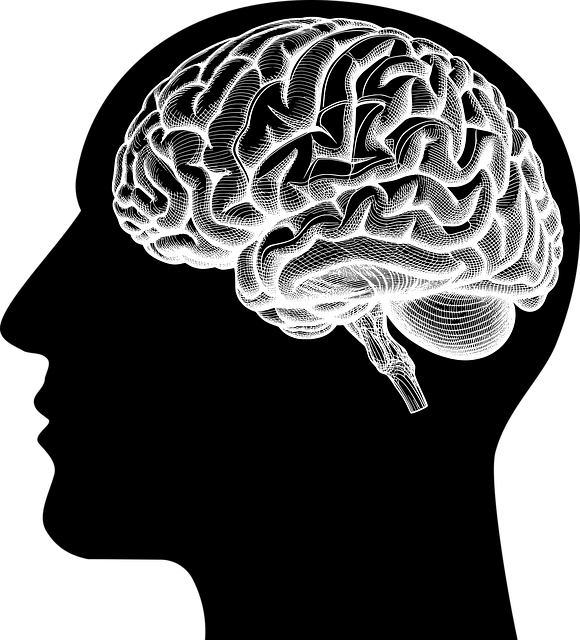Arvada Adolescent and Teen Therapy leverages comprehensive risk assessment and harm minimization strategies to create a safe, supportive environment for adolescents. By identifying potential hazards based on past experiences, emotional states, and behavioral patterns, therapists build strong relationships through empathy-driven approaches. Trauma support services enable tailored interventions, fostering communication skills, emotional intelligence, and inner strength to prevent burnout and promote positive outcomes. This holistic approach combines individual therapy with systemic changes, empowering teens with resilience and confidence to navigate life's challenges.
Risk assessment is a cornerstone of responsible therapy practices, especially when working with adolescents. This article explores the crucial process of identifying potential hazards within adolescent therapy settings, focusing on Arvada Adolescent and Teen Therapy as a case study. We delve into harm minimization strategies and the implementation of robust risk management plans. By understanding these approaches, professionals can create safer environments for teenagers, ensuring effective counseling and positive outcomes.
- Understanding Risk Assessment: Identifying Potential Hazards in Adolescent Therapy
- Harm Minimization Strategies: Protecting Teenagers and Ensuring Safe Environments
- Implementing Effective Risk Management Plans at Arvada Adolescent and Teen Therapy
- Continuous Evaluation and Improvement: Staying Ahead of Risks in Youth Counseling
Understanding Risk Assessment: Identifying Potential Hazards in Adolescent Therapy

In Arvada Adolescent and Teen Therapy, understanding risk assessment is paramount to ensuring safe and effective treatment. The process involves meticulously identifying potential hazards within the therapeutic environment that could negatively impact a young client’s well-being. Mental health professionals must consider various factors, such as past traumatic experiences, current emotional states, and behavioral patterns, to anticipate risks accurately. By employing strategies like empathy building, which fosters strong therapist-client relationships, practitioners can create a safe space where adolescents feel understood and supported.
Trauma support services play a crucial role in risk assessment by helping therapists navigate the complex landscape of adolescent emotions. Identifying potential triggers and implementing harm minimization plans are essential components of comprehensive risk assessment for mental health professionals. These strategies ensure that interventions are tailored to individual needs, promoting positive outcomes while mitigating risks effectively.
Harm Minimization Strategies: Protecting Teenagers and Ensuring Safe Environments

Harm Minimization strategies are crucial for protecting teenagers and ensuring safe environments. At Arvada Adolescent and Teen Therapy, we focus on comprehensive approaches that involve both individual interventions and systemic changes. One key strategy is fostering communication strategies that encourage open dialogue and build resilience against potential harms. By teaching teens to express their feelings effectively, we enhance their ability to navigate challenging situations and seek support when needed.
Additionally, our programs emphasize inner strength development as a powerful tool for harm minimization. We help teenagers cultivate self-confidence, emotional intelligence, and coping mechanisms that enable them to bounce back from adversity. Through therapeutic activities and tailored support systems, we aim to prevent burnout and promote overall well-being, ensuring teens have the resources they need to thrive in a safe and nurturing environment.
Implementing Effective Risk Management Plans at Arvada Adolescent and Teen Therapy

At Arvada Adolescent and Teen Therapy, we recognize that risk assessment and harm minimization are paramount in creating a safe and supportive environment for our young clients. Our comprehensive approach to therapy involves implementing effective risk management plans tailored to each individual’s unique needs. We believe that empowering adolescents with self-awareness exercises and mindfulness techniques is a powerful tool to foster resilience and healthy coping mechanisms.
By integrating mind over matter principles and encouraging the development of self-care practices, our therapists aim to minimize potential risks and promote positive outcomes. This holistic strategy ensures that our clients not only receive professional therapy but also gain valuable skills for navigating life’s challenges. At Arvada Adolescent and Teen Therapy, we strive to be a beacon of support, guiding young minds towards self-discovery and personal growth while effectively managing any associated risks.
Continuous Evaluation and Improvement: Staying Ahead of Risks in Youth Counseling

In the dynamic landscape of youth counseling, where every client presents a unique set of challenges and strengths, continuous evaluation and improvement are paramount. At Arvada Adolescent and Teen Therapy, we understand that staying ahead of risks is not just about identifying potential hazards; it’s about fostering an environment that promotes growth and resilience. This proactive approach involves regular risk assessment for mental health professionals, enabling them to tailor interventions that support clients in navigating life’s complexities.
By embracing mind over matter principles, our therapists engage in ongoing self-reflection and peer collaboration to enhance their practices. This commitment to continuous learning ensures that we not only address immediate concerns but also equip our young clients with the confidence boosting tools they need to thrive. Through dynamic risk management strategies, Arvada Adolescent and Teen Therapy remains at the forefront of providing effective, responsive care tailored to each individual’s unique needs.
Risk assessment and harm minimization planning are essential components of providing safe, effective counseling at Arvada Adolescent and Teen Therapy. By identifying potential hazards and implementing strategic interventions, we can protect our teenagers and ensure a supportive environment that promotes healing and growth. Continuous evaluation is key to staying ahead of emerging risks in youth counseling, allowing us to adapt and improve our risk management plans accordingly.














